The recent research tracking the origin of southern Levantine ivory artifacts has revealed that most of the material came from African elephants, and Nubian merchants were involved in sustaining long-distance exchange networks for nearly a thousand years. Covering the period from 1600 to 600 BCE, the research provides the first empirical evidence of the biological and geographical origins of Levantine ivories and debunks claims about Egyptian domination of the ivory trade.

Ivory was one of the most prized materials in ancient Near Eastern society. In the southern Levant, ivory items represented wealth, authority, and cultural sophistication. During the Late Bronze Age, when Egyptian New Kingdom hegemony was at its peak, ivory was transformed into luxury furniture components, decorative boxes, and votive items. During Iron Age I, when Egyptian influence declined and Canaanite city-states collapsed, the role of ivory shifted. It became more utilitarian, appearing in combs, whorls, and spindles. Later, during Iron Age II, when territorial states rose to prominence and later came under Assyrian and Babylonian control, ivory was again used primarily for decorative purposes, especially in furniture fittings. Despite these political and cultural changes, ivory remained accessible.
Researchers analyzed 624 ivory artifacts using microscopy, proteomics, and stable-isotope analysis. Results showed that about 85 percent of the items were made from elephant ivory, about 15 percent from hippopotamus ivory, and a few were made from boar tusks. Hippopotamus ivory was found locally and in the Nile, but elephant ivory was exclusively from African elephants. Isotopic data pinpointed the origins to the woodland mosaic environments of the upper tributaries of the White Nile south of Khartoum in present-day Sudan.
The evidence shows that Nubian traders obtained tusks through small exchanges with local hunters deep within sub-Saharan Africa. The tusks were then carried northward and eventually entered Levantine markets. Importantly, the trade did not collapse even when Egyptian rule was weakening or when other commodities like silver and copper were disrupted. Instead, Nubian entrepreneurship appears to have sustained the ivory networks irrespective of centralized Egyptian control.

This interpretation contradicts the traditional perception of Egypt as the primary gatekeeper of the ivory trade. While Egyptian accounts have a tendency to present Nubians as intermediaries, the new evidence confirms that they were active agents who held a monopoly on the trade. Their position guaranteed that ivory continued to trickle into the Levant even during periods of upheaval.
The study also redefines a broader understanding of ancient trade. For centuries, scholars had debated whether Levantine ivory might have originated in Asia or Syria. The new isotopic evidence reveals that, at least in the southern Levant, all elephant ivory was African. The evidence demonstrates the flexible, decentralized character of ancient trade, controlled less by rigid state economies and more by the initiative of entrepreneurial groups operating across large and diverse landscapes.
Scholars note that these results may not apply across the ancient Near East. Northern Levantine and Cypriot ivories, for example, could have followed different routes and drawn from other sources. Expanding isotopic and proteomic analyses across a greater dataset could further clarify this picture and add new insight into the interconnected worlds of Asia and Africa during the Late Bronze and Iron Ages.




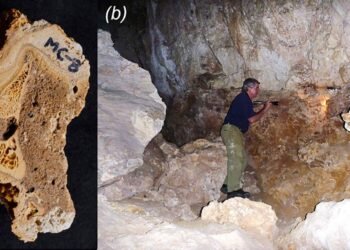
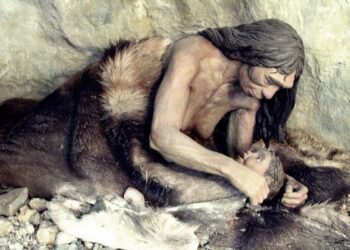
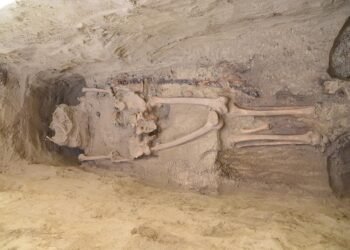
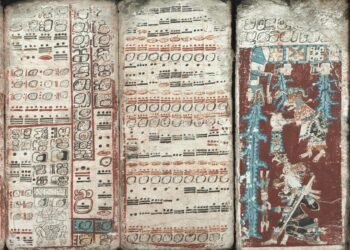
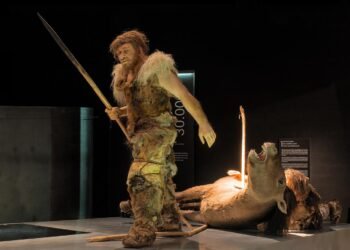














Egypt is, was and always will be Africa no matter what you try to label it. You can call it the middle east but it is still on the continent of Africa .
Of course Egypt is in Africa and the headline refers to the trade route, not geography. It means the ivory came via Nubia, not through Egypt’s markets.